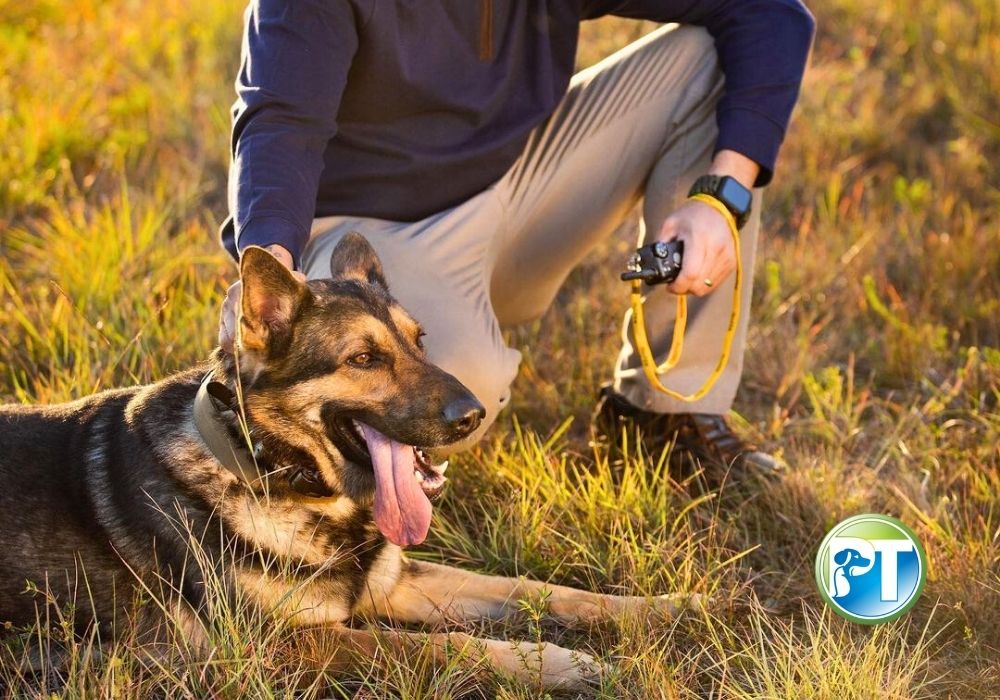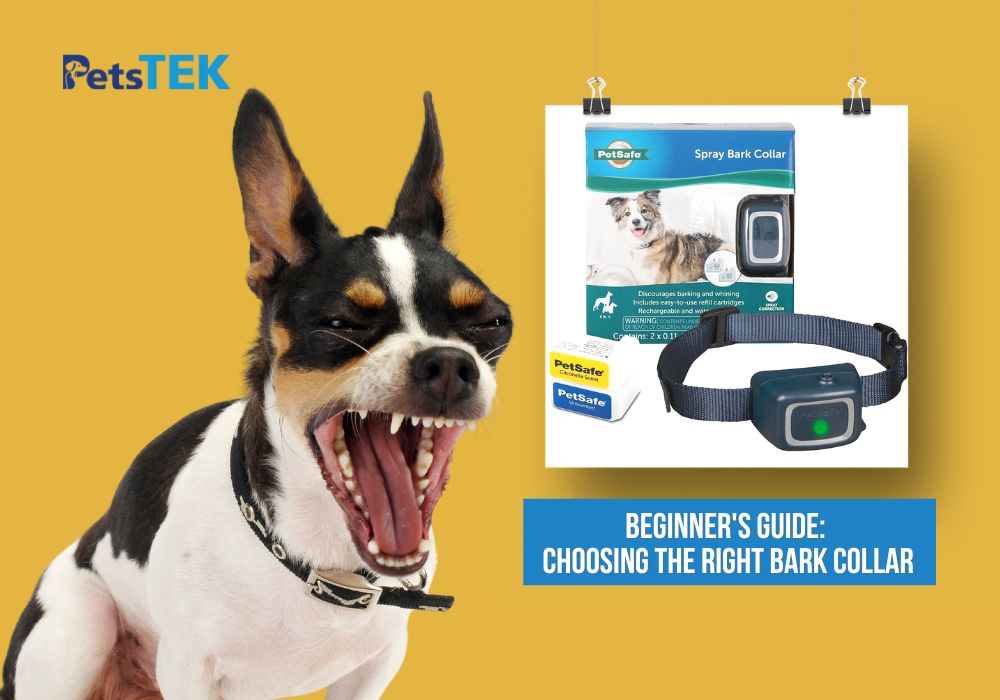How to Pet a Dog the Right Way

We all know the heart-melting power of a good dog snuggle. Studies have shown that interacting with dogs can lower blood pressure, decrease stress hormones, and even boost our mood. But the benefits go both ways, as gentle petting sessions can be incredibly calming for dogs as well.
The key to unlocking this feel-good exchange lies in understanding canine body language. Dogs are masters of nonverbal communication, expressing their emotions through silent cues. Learning to "speak dog" will not only ensure a positive experience for both of you. It will also help you build trust and respect with any pup you meet.
In this blog, we will provide actionable tips to help you master the art of petting your dog in a way that is both safe and rewarding.
Meeting a New Dog: How to Make a Good First Impression
Ever encounter a furry friend on a walk or visit a pal with an adorable pup? Here's how to approach a new dog properly:
I. Always Ask Permission First
This is absolutely crucial, especially if there are children around. It's easy to get caught up in the excitement of a cute dog. But remember, this furry friend might belong to someone, and it's always best to be respectful. A simple "Hi, excuse me, can I pet your dog?" can work wonders.
Moreover, the owner knows their dog's temperament best. They can advise if the dog is friendly with strangers or has any potential triggers. By asking permission, you set the tone for a positive interaction.
However, if the owner hesitates or says no, don't take it personally. There could be many reasons – the dog might be shy, nervous around strangers, in training, or maybe not feeling well that day. Just like humans, dogs can have off days where they prefer not to be bothered.

II. Watch the Dog's Body Language
Dogs are masters of silent communication, expressing a wide range of emotions through subtle cues. Their posture, facial expressions, and even vocalizations can be a window into their feelings. Let's explore and learn to decipher some key signs that will help you understand a dog's mood:
1. Tail Wags
- Relaxed wag with the whole body swaying: A loose, happy wag with the entire body wiggling is a clear sign of an excited and friendly pup.
- Stiff wag held high: This wag might not be as enthusiastic. A stiff tail held high can indicate uncertainty or nervousness. It's best to wait a moment and see if the dog relaxes before reaching out.
- Tucked tail between the legs: This is a big red flag. A tucked tail screams fear or anxiety. Leave this dog alone and give them plenty of space to avoid escalating their fear.
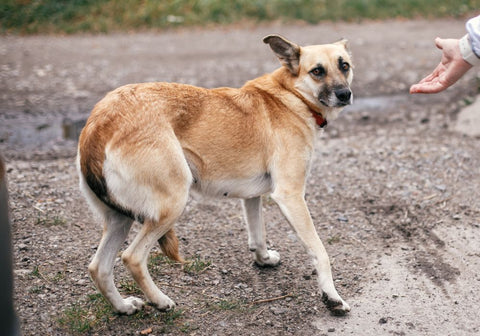
2. Ear Signs
Just like the tail, a dog's ears can offer valuable clues about their emotional state:
- Relaxed ears: Floppy ears hanging naturally are a good sign. They indicate the dog is feeling comfortable and at ease.
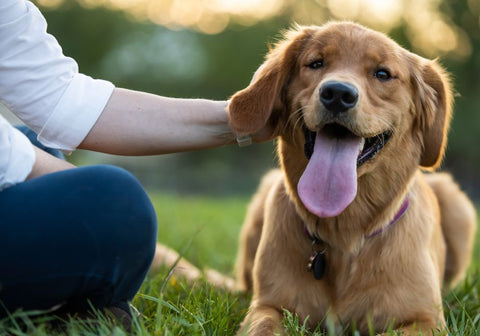
- Pricked ears: Perked-up ears can mean different things depending on the context. If accompanied by a relaxed body and a wagging tail, it might show alertness and interest. However, if paired with a tense posture or a stiff tail, pricked ears can signal caution or even aggression.
3. Eye Expressions
A dog's eyes can be incredibly expressive, revealing their comfort level and intentions:
- Soft gaze: A friendly, relaxed gaze with slightly narrowed eyes is a good sign. It shows the dog is comfortable with your presence and open to interaction.
- Hard stare: A direct, intense stare can be a sign of dominance or even aggression. It's best to avoid eye contact and give the dog some space.
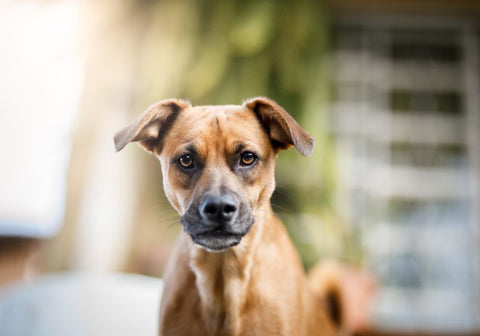
- Whale eye: This is where the dog shows the whites of their eyes, often accompanied by a flattened head. It's a strong sign of fear or anxiety and a clear warning to back off.
4. Body Posture
A dog's posture speaks volumes about their confidence and comfort level:
- Playful bow: This is an adorable invitation to play. The dog lowers their front end with their rear end up, often accompanied by a wagging tail and a playful look.
- Tense posture: A stiff body with raised fur can indicate nervousness or fear. It's best to avoid approaching.
- Leaning in: If a dog leans its body against you, it's usually a sign of affection and a request for attention.
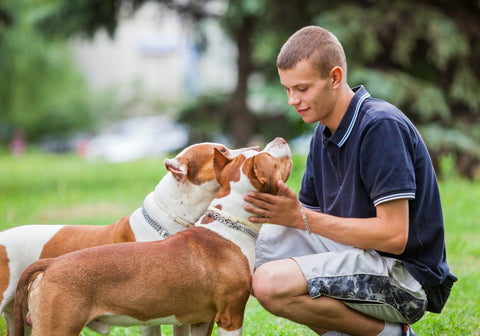
5. Other Subtle Signs
- Yawning: This isn't always a sign of sleepiness. Frequent yawning in unfamiliar situations can indicate stress or anxiety. It's the dog's way of trying to self-soothe and de-escalate the situation.
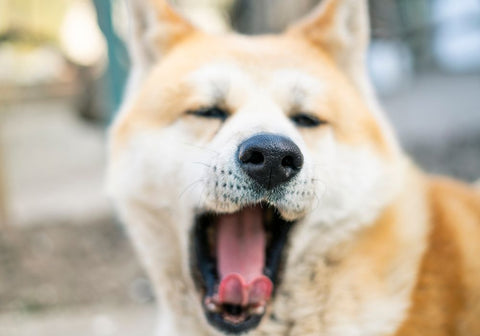
- Lip Licking: A quick lick of the chops might be a passing thing, but excessive lip licking, especially accompanied by averted eyes or a tucked tail, can signal discomfort or appeasement. The dog might be feeling unsure and trying to appear non-threatening.
- Excessive Licking: This can be a sign of nervousness or redirected energy. If a dog is licking itself excessively while meeting someone new, it's their way of coping with the unfamiliar situation.
Observing these subtle cues lets you gain insights into a dog’s emotional state. This will help you assess whether it’s appropriate to approach and interact with them. Remember, it’s crucial to prioritize the dog’s comfort and well-being. Hence, avoid engaging with a dog that shows signs of fear, aggression, or stress.
Barking
Barking is a common way for dogs to communicate. However, the meaning behind a bark can vary depending on the context, pitch, and duration. Here are some examples:
- Short, sharp barks: These can indicate excitement, alertness, or even warning.
- Long, sustained barks: This could be a sign of boredom, anxiety, or territorial behavior.
- Playful barks: These are often accompanied by playful body language like jumping or chasing.
- Growling: This is a clear warning to back off. Growling is a dog's way of communicating if they feel threatened or uncomfortable.
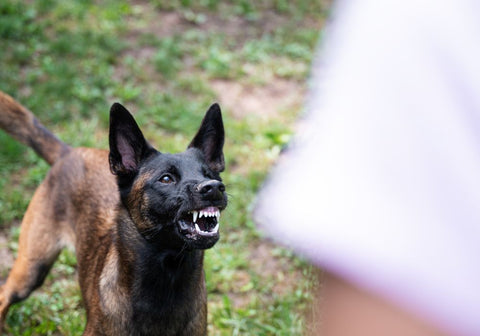
III. Let the Dog Decide if They Want Pets
Imagine you're meeting someone new for the first time. You wouldn't want them to rush up and hug you right away, would you? The same goes for dogs. Here's how to create a positive first impression and let the dog decide if they're comfortable with petting:
1. Respect Their Comfort Zone
Dogs have a personal space bubble, just like humans. When approaching a new dog, avoid crowding them or towering over them. This can be intimidating, especially for shy or nervous pups. Instead, take a gradual approach. Let the dog see you from a distance and allow them to initiate contact if they're interested.
Pay attention to the dog's body language. A wagging tail and loose posture indicate a friendly pup who might be open to interaction. However, a tucked tail, flattened ears, or lip licking can be signs of anxiety or fear. In this case, give the dog plenty of space.
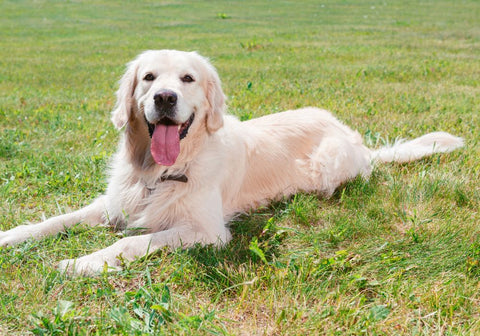
2. Lower Yourself to Their Level
Imagine yourself as a giant compared to a small dog. Squatting down makes you seem less threatening and more approachable. This puts you on eye level with the dog, making interaction feel less intimidating.
3. Be Calm and Appealing
First impressions matter. Here's how to project a calm and friendly demeanor:
- Maintain a soft and gentle voice: Avoid loud noises or excited talking that might startle the dog.
- Move slowly and deliberately: Sudden movements can be scary for some dogs.
- Smile gently: A forced smile can appear aggressive to some dogs, so a relaxed, friendly expression is key.
4. Offer a Polite Greeting
Instead of reaching out to pet the dog right away, offer a polite greeting that allows the dog to choose how to interact. Extend a flat hand, palm facing down, a few inches away from your body. This non-threatening gesture allows the dog to sniff your hand comfortably and decide if they're interested in further contact.
Avoid direct eye contact, especially with nervous dogs. While eye contact can be a sign of affection with familiar dogs, for a shy pup, it can be perceived as a challenge. Instead, try looking off to the side with a relaxed gaze.
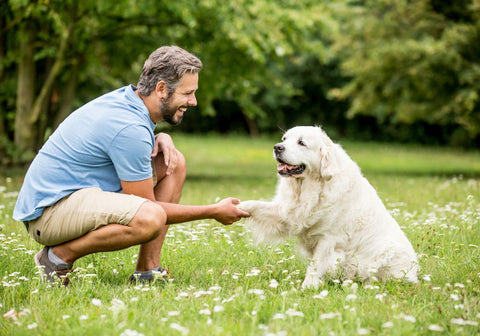
5. Read the Their Body Language
Pay close attention to the dog's body language throughout your interaction. Here are some signs to watch for:
- A wagging tail and loose posture is a good sign, indicating the dog is comfortable and open to interaction.
- A soft gaze or playful bows are further invitations to play or be petted.
- Signs of anxiety or fear like tucked tails, flattened ears, or growling mean you should give the dog some space.
Petting Techniques: How to Pet a Dog the Right Way
What is the correct way to pet a dog? How do I give my dog the best pet?
Now that you've established a rapport with the dog and understand their comfort level, it's time for the fun part – gentle petting! However, proper technique is essential to ensure a positive experience for both you and the dog. Here are some key petting principles:
1. Use Gentle Strokes
Always prioritize gentle strokes when petting a dog. Imagine brushing soft fur – light, smooth motions are ideal. Following the direction of the fur growth not only feels better for the dog, but it also avoids accidentally pulling or irritating their skin.
2. Focus on the Dog’s Comfort Zones
Where do dogs like to be petted? Some areas are generally more welcome for petting than others. Here's a good rule of thumb:
- Chest and Shoulders: These areas are often safe zones for petting, especially for new dogs you're meeting. A gentle scratch or stroke on the chest or shoulders is a great way to show affection.
- Base of the Neck: Many dogs enjoy scratches or light petting at the base of the neck. This can be a calming motion for some pups.
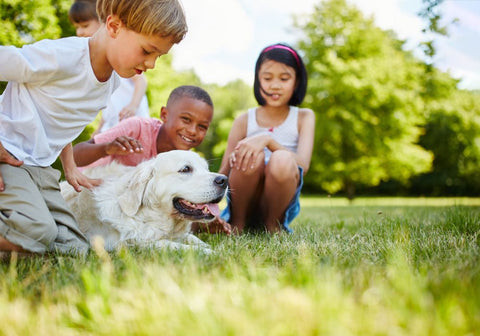
3. Understand Their Personal Space
Where do dogs not like to be touched? Dogs have certain areas they might consider off-limits for petting. Here's where to be cautious:
- Head, Face, and Ears: These areas can be particularly sensitive for some dogs. Avoid reaching for the head or face unless the dog explicitly offers it by nudging your hand.
- Belly (Especially with New Dogs): A dog's belly is a vulnerable area, and petting it can be perceived as an invasion of their space. Avoid belly rubs with new dogs, and only attempt them with familiar pups who clearly enjoy it.
- Legs and Tail: While some dogs might not mind leg petting, others might find it ticklish or annoying. The tail is another area to be cautious about, as excessive tail wagging can be a sign of excitement, not necessarily an invitation for petting.
4. Read Canine Preferences
Some dogs adore a good scratch, while others prefer gentle strokes. The best approach is to start with gentle strokes and observe the dog's reaction. If they lean into your touch and seem relaxed, you can try a light scratch behind the ears (a common favorite spot). Pay close attention to their body language. If they flinch or pull away, stop the scratching and stick to gentle strokes.
Remember, every dog is different. Some dogs may enjoy being petted more than others. Some dogs may also prefer to be petted in certain ways, and not every dog enjoys petting or cuddling. Some breeds, like independent Huskies or sighthounds, might be more aloof and prefer less physical contact. The key is to find what works for them.
Conclusion
Petting a dog isn't just about scratching fur. It's about forging a connection built on mutual respect and understanding. By reading their body language and using gentle techniques, you can create positive interactions that bring joy to both of you.
So, the next time you encounter a dog, approach them with an open mind and a gentle touch.
You might also enjoy...
-
Posted in
Pet Training, Training Tips
